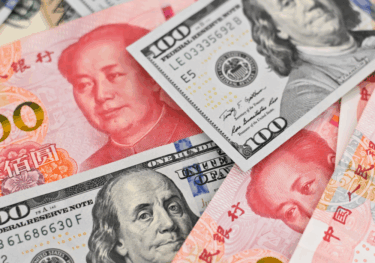China: A lopsided recovery to further deepen Covid scarring
We have cut our China growth forecast to 3.2% in 2022, from 4% previously, reflecting dismal Q2 growth and the absence of new stimulus. The bigger issue, however, is China’s dynamic zero-Covid policy, which, as long as it persists, seems likely to crimp private-sector growth.
What you will learn:
- In our August baseline, we still expect a pickup in q/q growth in H2, reflecting demand driven by existing stimulus, notably via infrastructure spending, and more generally a normalization of activity after the Q2 lockdowns. But with no new stimulus in H2 to offset the weaker-than-expected Q2 outturn, we have reduced our 2022 growth forecast to 3.2%.
- The key to a stable economic recovery is whether, and when, China can budge from its zero-Covid policy. Though authorities continue to fine-tune policy to reduce supply-side disruptions caused by lockdowns, demand is unlikely to recover sufficiently as long as risks of restrictions remain.
- Real estate remains the key medium-term risk to China’s economy. While containing real estate leverage is beneficial to a sustainable, albeit slower, long-term growth, the process will be bumpy, and the risk of a hard landing in real estate is likely to haunt the economy for some time.
Tags:
Related posts

Post
A reality check on the status of RMB internationalisation
The recent geopolitical shocks and abrupt US policy shifts have heightened concerns about the stability of the dollar-centric global financial system and strengthened the perceived need for diversification.
Find Out More
Post
China and AI underpin stronger global trade outlook
Global trade is set for a stronger-than-expected rebound, supported by lower US tariffs, continued AI-driven investment, and China’s renewed export push. Our latest forecasts show upgrades to both nominal and volume trade growth in 2025–26, even as legal uncertainty surrounding US tariff mechanisms and evolving geopolitical dynamics pose risks to the outlook.
Find Out More
Post
China’s Outbound Recovery: Slowing but Still Rising
Research Briefing China: A lopsided recovery to further deepen Covid scarring The rebound continues, but slowing demand, economic headwinds, and shifting traveler preferences are reshaping the outlook.
Find Out More